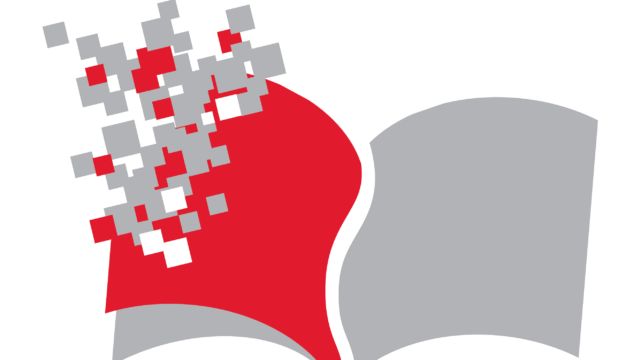Reposted from News @ Northeastern
by Peter Ramjug
The racial justice protests earlier this summer were not the driving force behind a spike in U.S. COVID-19 infections that some public health officials feared they would be, perhaps because the marches were outdoors where it is harder for the virus to spread, according to one of the first studies to examine a possible link.
A new survey by researchers from Northeastern, Harvard, Northwestern, and Rutgers universities covered nearly 40,000 people who participated in national demonstrations against police brutality and white supremacy. Protesters were disproportionately younger individuals whose lives were profoundly disrupted by the pandemic in fundamental ways, such as lost work or reduced wages.
They were interviewed beginning in early June, shortly after George Floyd’s death in police custody, and concluded in late July, a span that saw near daily Black Lives Matter demonstrations.
Looking at the relationship between rising coronavirus cases in states with greater protest participation, researchers wrote: “There is a clear and significant negative correlation between the percentage of a state’s population who reported protesting and the subsequent increase in cases of COVID-19.”
In other words, the demonstrations “were very unlikely to be” the big driver behind the surge in infections in June and July, says David Lazer, university distinguished professor of political science and computer and information sciences at Northeastern, and one of the researchers who conducted the study.
“We’re not saying the protests didn’t cause more cases, an assessment that will require substantial, additional analyses” he added. “It’s just that if they were the key drivers, then you would expect the places that had the most protesters to have the biggest surge, and, in fact, the opposite is the case.”
One possible explanation may lie in the increasing scientific consensus that indoor proximity may be the dominant path in the transmission of SARS-CoV-2, the coronavirus that causes COVID-19.
“As such,” the study found, “it is possible that proximity outdoors might not have a major impact on spread.”
Indoor spaces are riskier than outdoor spaces, where it might be harder to keep people apart and there’s less ventilation, advises the Centers for Disease Control and Prevention.
Researchers looked at Washington, D.C., which had the highest reported rates of participation in marches at 13.7 percent (Massachusetts was next at 9.0 percent, followed by a tie between New York and Vermont at 7.9 percent each. North Dakota and West Virginia were essentially tied at the bottom at 2.0 percent).
Though the nation’s capital was the site of numerous marches, it reported a relatively low rise in virus cases during the same period, researchers noted.
And, the data further shows that people in parts of the country with higher levels of demonstrations also had higher levels of mask-wearing, highlighting some of the challenges in making an assessment of the impact the protests had on the spread of the virus.
Still, researchers acknowledged that a fuller analysis will be required that integrates the varying factors that have resulted in a recent sharp rise in infections, such as compliance with distancing measures and face coverings, as well as state policies.
“In any case,” they concluded, “it is hard to square the negative correlation between the percentage of the state population that participated in protests and the change in new cases with the proposition that the protests were a major driver of the recent surge in cases in the United States.”
Anticipating critics who suggest that the lack of an increase could be due to a lag between actual infection and symptoms that wasn’t picked up in the study’s timeframe, Lazer said: “These protests began over two months ago. If the protests were driving the spread, this would be more than enough time to observe the spread well beyond just the protesters to the broader communities.”
A political thread ran through some of the study’s findings. In particular, even in states where President Trump’s approval ratings are high, like Kentucky, Oklahoma and Wyoming, protests still drew a surprisingly large two percent of the state’s population.
“To get two percent of the population out in the streets, regardless of the state’s size, is enormous,” Lazer pointed out.
For media inquiries, please contact media@northeastern.edu.


